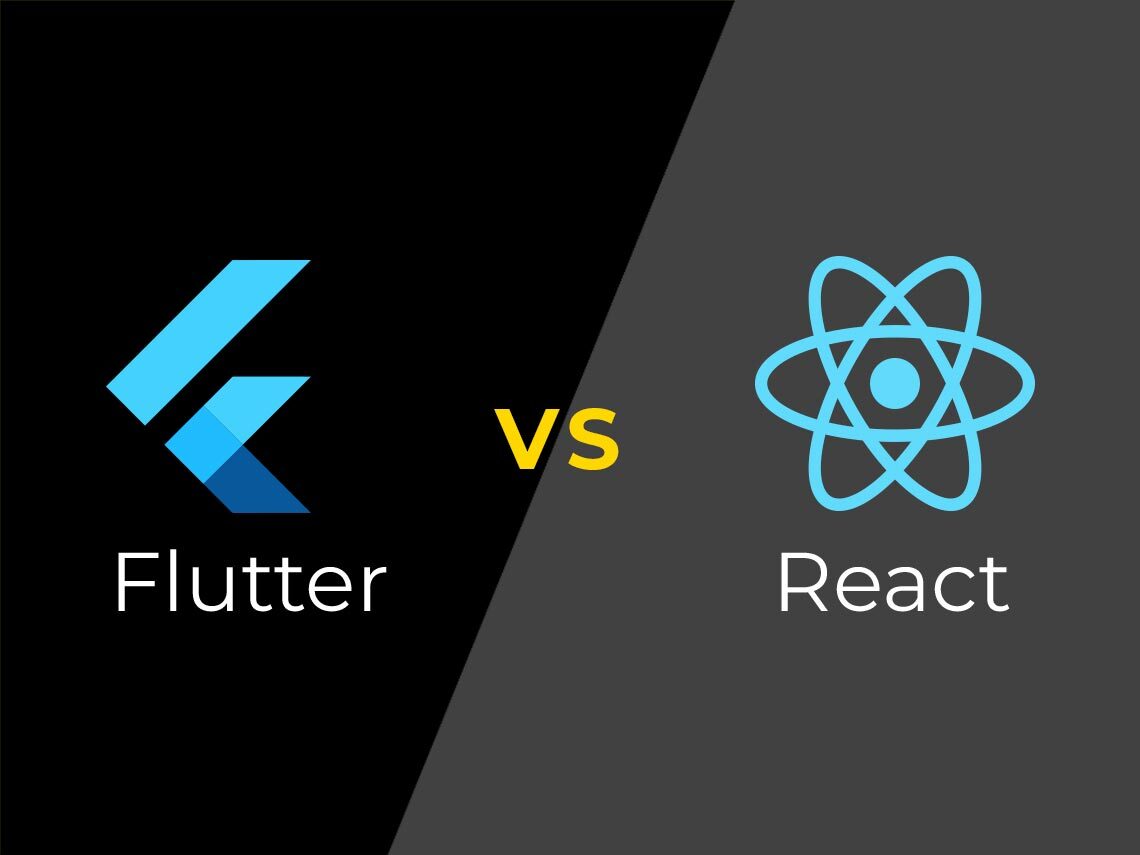So you want to create an app. You have the plan already, you know the right steps, you have your team ready, but there’s one piece of the puzzle that you are missing. The actual framework to write it in. Native? Cross-platform? What’s actually right for you?
Nobody else will tell you what to choose, but we will. So here’s how to choose the right framework for your future application.
The debate surrounding the native versus cross-platform framework environments boils down to two main very popular app development frameworks: React Native vs Flutter. In contrast to native mobile development, enable for the production of a single code base that works on both iOS and Android devices. Apps may be developed faster and on a cheaper budget since there is less coding required. As a result, these two mobile development toolkits have grown in popularity. There are advantages and disadvantages to both of them, and there’s a reason to choose one over the other in certain cases.
React Native
What is React Native, and how does it work? It’s a React.JS-based native UI development framework created by Facebook. Launching in 2015, the React Native github repository was the second most popular, based on the amount of community contributions.
React Native is written with JavaScript, being more accessible and easier to learn. Even more, a JavaScript developer is easier to come by these days, so finding a developer for your react native project will be easier than in most cases. Just like Flutter, it’s open source and free. And because it’s been on the market for a while and open source, developers have had the time to create a lot of ready-to-use packages and libraries so far.
Flutter
For a framework that was launched just in 2017, it has gathered quite a lot of support and a loyal community. And it’s not for nothing, given the fact that it’s backed up by Google. It has a very, very, very comprehensive documentation and, just as a bonus, it has (although limited amount of) regularly updated pre-set widgets which help developers a lot when creating and building apps.
Dart is the programming language used by Flutter, so if you want to learn Flutter, you have to join the Dart side. Bad jokes aside, Flutter has built-in features like “hot reload” allows for faster development and deployment, which is another hot selling point for React Native. Even more, the tool’s cross platform design, along with faster development, results in a high speed-to-market. Also being free and open source, you can start to understand why there is such a competition between these two.
When should you choose one over the other?
You should choose Flutter over React Native when:
- you have a tight deadline
- you want to build a proof of concept
- you are a startup and you want to validate your idea
- you want to keep your maintenance costs low
- you don’t want to overspend for no reason
On the other hand, React Native might be better when:
- Your app is a heavy computation one
- You want to build 3D games
- You build AR/VR apps or GPS centric apps
- You build IoT apps
So what’s the takeaway? Which one is actually the better? Well, there is no right or wrong answer, it just depends on the type of project you will undergo. Compromise will always come up in mobile development technology selection and only down the road will you see what actually works or is actually needed. If you haven’t yet determined which is best for your project in the Flutter vs. React Native debate, chances are the answer is somewhere in the middle.
And if you don’t want to bother with all the questions, if’s and but’s and maybe’s, drop us a line. We’ll sort that out and your app will be in good hands.



